Ideas for Genius Hour in the Classroom
It is always important to find ways to make learning exciting and give students the opportunity to discover their passions and be creative. As an educator, you can do this with innovative practices like the Genius Lesson.
This article outlines what the Genius Lesson means, why you should consider introducing it to your students, and how you can use it in your classroom.
Contents
What is Genius Hour?
Genius Lesson (sometimes called “Passion Pursuit”) is a student-centered exercise that allows students to choose what to study at a particular time in school. Teachers often choose one hour of introduction per week, which can make up about 20% of class hours per year.
The Genius Hour concept was popularized by companies such as Google where an employee can spend 20% of her time on a project she wants to do. Giving people the chance to work on something they care about generally makes them more productive. The principles in the classroom are all the same. Genius Hour allows students to explore their interests without limits.
There are no hard and fast rules for the lessons of genius, but it is helpful to give the students some structure. This keeps you on track and coming up with really interesting projects instead of wasting hours every week. Teachers can do this by helping them brainstorm ideas in class, providing a project proposal form to fill out, or providing a basic timeline for the process. After completing the project, students may be provided with a reflective journal detailing what they have learned.
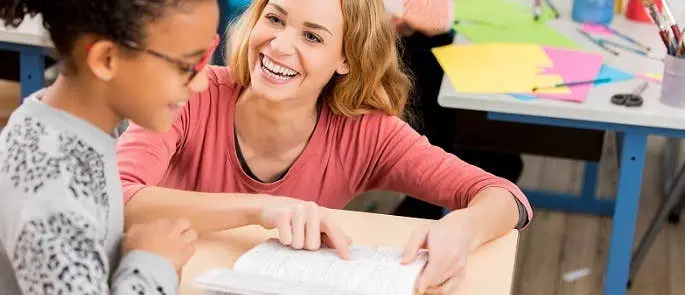
Why use Genius Hour?
Deploying Genius Lessons in the classroom has many benefits, including: Genius Lessons make learning more engaging and hold students accountable for teaching. It enhances students’ intrinsic motivation and autonomy, supporting lifelong learning. Ingenious, he might discover hidden skills and interests he didn’t know he had through an hour-long project. This may influence future behavior.
Promoting Creativity. Rather than being a passive learner, Genius Hour allows students to think about how to create and explore their own ideas. This is useful if you need to create and carry out work projects as an adult. In today’s workplace, soft he skills such as creativity and curiosity are essential.
Developing critical thinking and research skills. The research aspect of the Genius Lesson ensures that students develop the skills to find relevant and authoritative sources of information and evaluate the information provided.
Build social skills and confidence. Genius Hour sessions are similar to workshops, encouraging collaboration among students when they need help or want to share ideas. This will increase your social skills and confidence in the classroom.
Develop metacognitive skills. By planning, monitoring, evaluating and modifying their own learning, students build metacognitive skills. These skills are key to effective learning, as discussed in this article.
Potential benefits make Genius Hour an invaluable idea for classroom implementation.
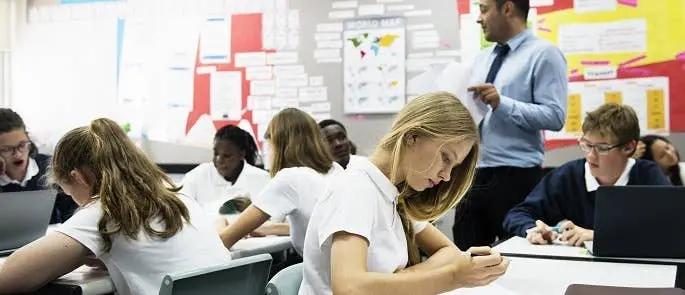
How can I try Genius Hour in my classroom?
This section provides answers to frequently asked questions about trying Genius Lessons in your classroom.
How do I make time for the Genius Hour, and does it fit into my curriculum?
The relatively short amount of time spent in class can make one lesson seem like too much to give up, especially if the lesson is devoted to topics unrelated to the curriculum. Relating the Genius Hour to what you are currently teaching solves this problem. In other words, create common lesson goals that link to your curriculum so that your students can learn the way they want. Your results can give another perspective on the topic and make it more memorable.
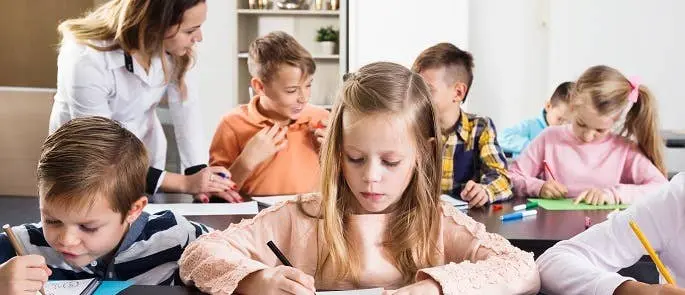
What is the teacher's role in the Genius lesson?
The Genius lesson is chaired by teachers. It is necessary to create a framework so that Genius Lessons are not free participation. It should also provide ground rules for staying focused. Although this type of class is informal in nature, general rules such as keeping noise levels down should still be applied.
We also need to support our students. For some, this may be their first time completing an independent project – they may have questions or problems that you can help them with. You need to guide them, suggest where to go next, and evaluate what they did well.
Also check:
How do I introduce the Genius Hour to my students?
Before you begin implementing the Genius Lesson, it may be helpful to familiarize your students with a similar session. For example, revive Show and Tell – Try running several different presentations in the classroom at the same time, allowing students to participate in any session they like. This will help you adapt to a more informal environment and boost your confidence.
When introducing Genius Lessons, you can start with shorter projects. The first project is short, like a month instead of a semester.
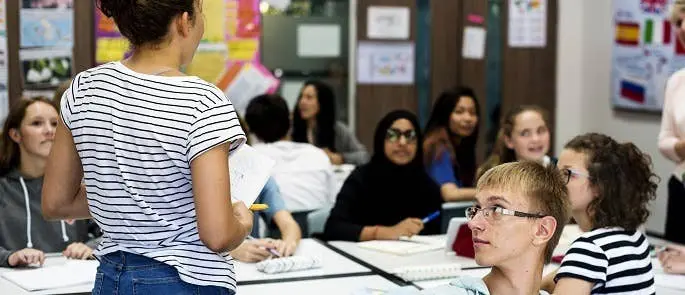
What is the Genius Hour procedure?
The Genius Lesson can generally be divided into five steps.
Suggestion, investigation, creation, presentation, reflection.
Planning and Research
During the proposal (or planning) stage, students must choose a topic to work on. This may involve brainstorming a series of ideas and selecting a few ideas to submit for approval. It will help you decide if a topic is too big or too small for your time, interesting, and develop your skills. Students should also decide what questions they want answered in the project. Having a central question to go back to helps focus your research, but you need to make sure the question isn’t something her Google can answer in her one search.
The research phase allows students to explore more about their topic using a variety of media. This could be a book, article, website, video, or an expert on the subject (found in your local community or online). Interviewing someone can give you valuable experience and help you understand how your chosen topic relates to the real world. Students should take detailed notes so that they do not forget what they have learned. This will also help prepare for future research. It can also teach you how to link to sources and how to assess the accuracy of sources.
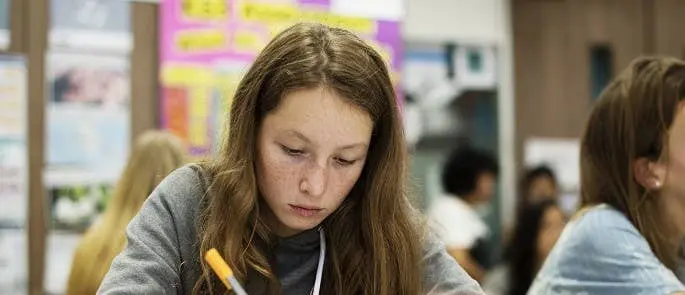
Create, Present, Reflect
Once you have completed your research, you can create a project using the collected data. Whether it’s a PowerPoint presentation, a written report, a video, a painting, or something made out of papier-mâché, it all depends on the project.
The finished product will be presented to the class, teachers, and anyone you want to invite (some teachers invite parents and other staff to come and see). Students don’t necessarily have to discuss their projects in front of the class. Students may find this intimidating and prefer to show it to everyone. Also, consider setting a time limit for each presentation, recording it, and providing feedback to each student afterwards.
Finally, ask students to reflect (journals, worksheets, reflective videos, etc.):
What went well? What did you learn? do something different? What is your next goal?
Genius Lesson Ideas and Lesson Plans
The most important part of a Genius lesson is to allow students to explore their own interests. Don’t stop brainstorming – the ideas they’re excited about make the whole process much more rewarding. Try websites like Thrively (showing your child’s strengths), or a worksheet with the questions you have in mind. (For example, what’s going on in the world that interests you? What made you say “wow” lately?).
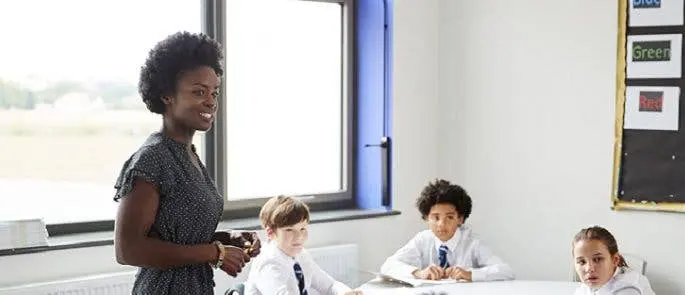
We've put together 20 great examples of great hourly projects:
Lorem ipsum dolor sit
Create a podcast.
Write a poem, play, song, story, blog, or an entire book.
Learn new languages or create your own.
Teaches skills to juniors.
Create a website or create an app.
Create your own video game or animation (try this site for video game help and this site for animation).
Learn programming.
Explore different careers.
Draw or learn photography.
Design a 3D model.
Create your own board game.
Create your own sport. Watch
TED talks and create your own.
Explore historical eras and events.
Design your own clothes and makeup.
Learn more about animal species that interest you.
Learn to sew.
Create, sell, and sell your own designed products.
Conduct a science experiment or create a science cookbook.
Make a sculpture.
Give your students these first ideas and see what they think. It may help inspire your students’ creativity!
